Persian Cat
The Persian cat breed gets its name from the ancient kingdom of Persia (now modern Iran). It is believed that the first Persian cats imported into Europe came from Persia around 1620 AD. Persian cats were presented at the world’s first organized cat show in 1871 at the Crystal Palace in London, and the first breed standard was issued in 1889. Persians soon received royal endorsement when Queen Victoria expressed a fondness for the breed, owning two blue Persian cats.
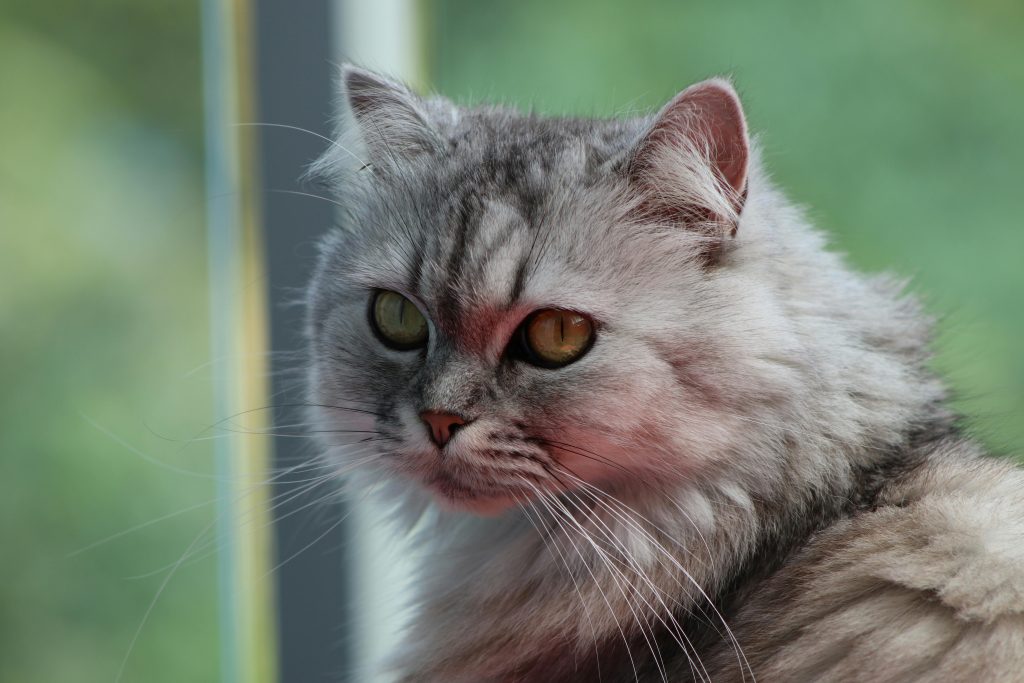

The Persian is a longhaired cat with a round face and short snout. A medium-sized domestic cat, the Persian is solidly built with a muscular body, heavy bones and a broad chest. A long-time favourite of the cat fancier, the Persian is the world’s fourth-most popular of the recognised breeds.
Besides the common black Persian cat and the sought-after white Persian cat, the Persian breed comes in a wide range of colours and patterns. These include silver, golden, seal point (with brown points against a creamy body), lilac, chocolate, calico (a tri-colour coat with large patches), cream and blue.
Within the breed are different-faced Persian cats, which are classified mainly by the length of their snouts. The more traditional or doll-faced Persian has a longer snout. The peke-faced Persian with a flat face (named after the flat-faced Pekingese dog) was once popular among breeders in the United States but is now less favoured due to health issues.Understanding the breed-specific needs and proper care of your Persian cat will help increase the longevity and enjoyment of your furry family member.
Persian Cat At A Glance
| Lifespan | The average Persian cat lifespan is about 13.5 years. The lifespan range of a healthy Persian that stays indoors tends to vary between 10 and 17 years. This variation can be due to factors such as exercise, diet (and this includes feeding the right-shaped kibble to make it easier for your flat-faced Persian to pick up and chew), environment and genetics. |
| Temperament | Many owners refer to their Persian cat as “furniture with hair” because they don’t like to expend a lot of energy! This fits right in with their placid, easy-going nature. They are sweet, super-friendly, and love to be picked up. This breed makes a great companion for all ages, although due to its heavy bone structure, it tends to tire easily. So, a Persian is not the sort of cat you’d select if you specifically wanted it to play with the children. |
| Suitable | Persian cats are most suited to indoor environments. They love to lounge around! They’re a good companion for any household and are quite serene and affectionate. Persians are not boisterous, though. They get on well with children and other pets when treated gently. They don’t respond well to roughhouse or aggression. |
| Health | Well-bred Persian cats can enjoy robust good health when properly cared for and in the right environment. However, Persians can be liable to health problems such as kidney disease, eye trouble, dental problems and bladder stones. When these conditions happen, proper veterinary care is essential and, pet insurance for Persians can help with eligible vet bills. |
*Pet Insurance Australia Data 2022/2023
Trainability
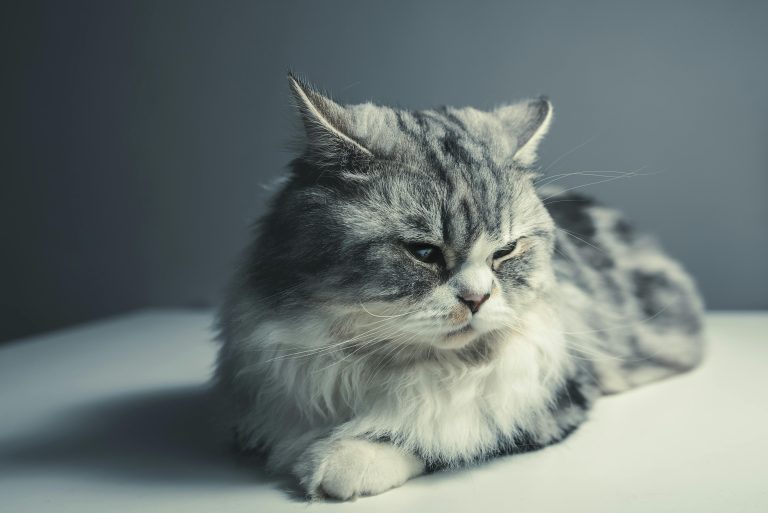
Training your Persian cat can be challenging due to its low energy levels, but it can also be very rewarding! The most important thing is to take the right approach. Here are some tips and tricks for training your Persian:
- Litter box training: It’s always been natural for a cat to bury its droppings (to help hide from predators), and the kitten might have learned already by watching its mother use the litter box. But if there’s a problem, or you simply want to reinforce your kitten’s use of the litter box, place it in the box after meals and gently scratch the litter to encourage its use of the tray. Kittens can be shy, so leave them alone for a while, then give them some praise after using it.
- Treats: Bribery works! Giving your Persian a treat for performing an activity can greatly assist its training. This could be as simple as rewarding your kitten for lying still during brushing and grooming. Persians require a lot of grooming due to their long, luxurious fur, so it’s helpful to train them as early as possible.
Don’t be harsh: To successfully train a Persian cat, you must be gentle and patient. And it’s important not to train them with too much too soon. Rather than train them on various things at once, it’s best to pick one thing and then stick to it. When that’s mastered, move on to the next one.
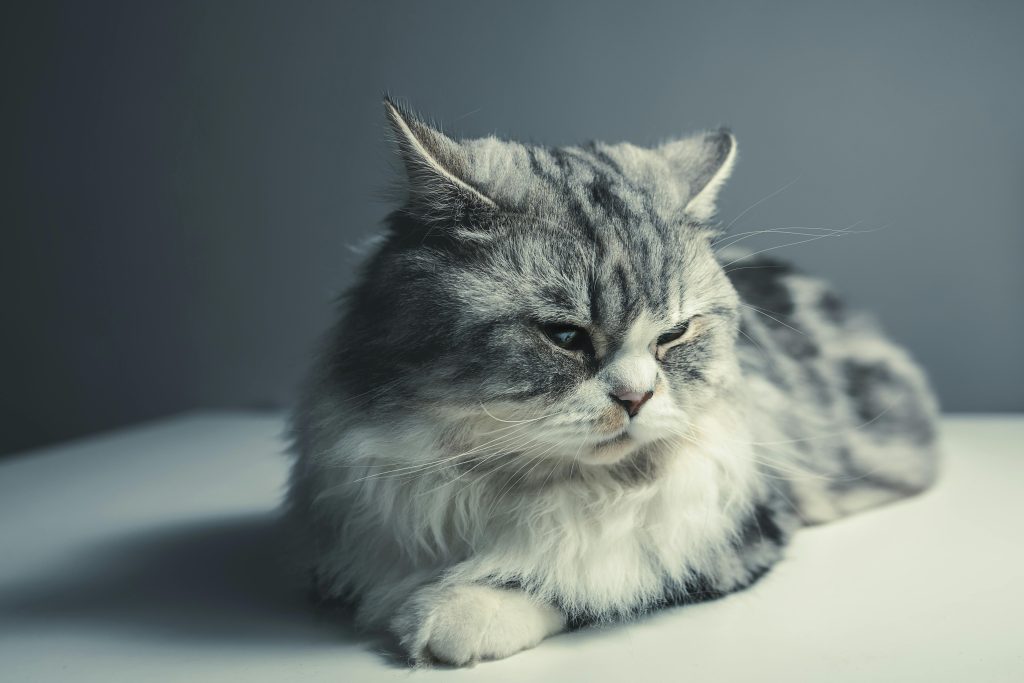

Grooming

If you’ve wondered, “Are Persian cats hypoallergenic?” the answer is no. But it’s still vital to keep them well-groomed to prevent excess shedding and eliminate dirt and “grease” from that long, luxurious coat. It is recommended to brush and comb your Persian cat’s coat daily and bathe it every two to four weeks. Its nails should be clipped about every two weeks, especially the front claws, which grow back faster. Here are some tips:
- To brush the coat, take a wide-toothed metal comb and work from the head to the tail. Start near the back of the head and brush along the general grain of the fur. If you encounter any mats (twisted clumps of fur), slowly and gently untangle them with your fingers before proceeding.
- To avoid getting yourself scratched up, clip your Persian’s claws before bathing it. Make sure your cat is calm and relaxed before proceeding, then hold its paw and gently massage and squeeze a toe until a claw appears. Only clip the white part of the nail and give your cat a treat each time.
- To bathe your Persian, fill your bath or sink with warm water (cold water might shock it) and start by wetting your cat’s tail. As always, do this gently and slowly. Then, gradually wet the rest of your cat while avoiding spraying water into its eyes, nose or ears. After shampooing, conditioning and rinsing the fur, wrap your cat in a large, absorbent towel to soak up the excess water and carefully blow dry the coat.
Protect Your Pet Today
Your pet’s health is priceless. Don’t leave it up to chance.
See What Our Clients Have to Say
Common Health Complaints - Persian Cat
The modern Persian cat can encounter specific health issues. Some of these are:
- Polycystic kidney disease (PKD): This is an inherited condition where many fluid-filled sacs (cysts) are present in the kidneys from birth. Over time, the size of these cysts increases until the kidneys can no longer function normally. Symptoms of PKD include weight loss, excessive thirst, vomiting and increased urination. Your vet can run tests to detect this disease, especially using ultrasound.
- Brachycephalic airway syndrome: The word brachycephalic means short (brachy) headed (cephalic). This refers to cats and dogs with short snouts and flat, pushed-in faces, such as Persian cats and British Bulldogs. The shortened skull results in the upper airway structures of the head being forced into a smaller space. Some of the problems with this syndrome are difficulty in breathing and excessive snoring and panting. You can talk to your vet about surgical options, such as enlarging the nostrils. Keeping a lean body weight is also recommended and can be achieved through measured food portions as directed by your vet.
- Hypertrophic cardiomyopathy (HCM): Believed to be an inherited condition, it is caused by an abnormal thickening of the heart walls. This results in a reduced amount of blood being pumped by the heart. It can cause fainting, lethargy or even heart failure. HCM can be detected through gene tests and also by ultrasound testing, which measures the thickness of the heart. There are a variety of medications that can help cats diagnosed with HCM.
- Dental disease: Persians are predisposed to various forms of dental disease due to their brachycephalic (flat-faced) skull features. This structural condition makes it more likely to have tartar build-up on the teeth, leading to disease in the gums and roots. If your vet diagnoses a dental disease, treatments can include antibiotics, anti-inflammatories or tooth extractions. However, prevention is always better than cure, and regular brushing of your Persian cat’s teeth is highly recommended.
- Skin and fur disorders: Due to their long, thick fur, Persian cats are prone to certain skin and fur issues. One such issue is idiopathic seborrhea, in which the skin glands overproduce an oily secretion, resulting in clumpy, stinky fur and dry, flaky skin. Your vet can recommend special shampoo or vitamin supplements to treat this condition.
- Progressive Retinal Atrophy (PRA): This refers to a group of inherited disorders that affect the retina (the light-sensitive layer at the back of the eyeball). This causes progressive vision loss and can result in blindness. An early sign of PRA in your Persian is night blindness, where your cat might bump into objects in dim light.
- Hip dysplasia: This is an abnormal condition of the hip joints where the socket portion does not adequately cover the ball portion. This can make walking difficult or painful and can cause lameness, especially in the hind legs. If this condition is diagnosed early, there’s a better chance of surgical treatment providing a beneficial outcome for your cat’s movement.
- Eye Disorders: Due to the flat facial structure of Persian cats, their eyes tend to project or bulge out more than those of other cat breeds. This can lead to tear duct problems (excessive discharge) and entropion, where the eyelid turns in around its edges, causing the eyelashes to rub against the eyeball. Some of the recommended treatments are eye drops and antibiotics.
- Dermatophytosis: Persian cats are also prone to an infection called dermatophytosis. This fungal disease can grow on the skin and feed itself on the outside layers of skin, nails or hair. While it is colloquially referred to as ringworm, it actually has nothing to do with worms! This can be treated with antifungal tablets and liquids given orally or with an ointment that is applied to the skin.
- Feline Infectious Peritonitis: This is a condition caused by a virus called feline coronavirus. Although this disease has been challenging to diagnose, the good news is that there have been recent, successful developments in treating this once-fatal disease.
At Pet Insurance Australia, our cat insurance is designed to take the stress out of these situations and provide the best healthcare when they happen.
Exercise Requirements
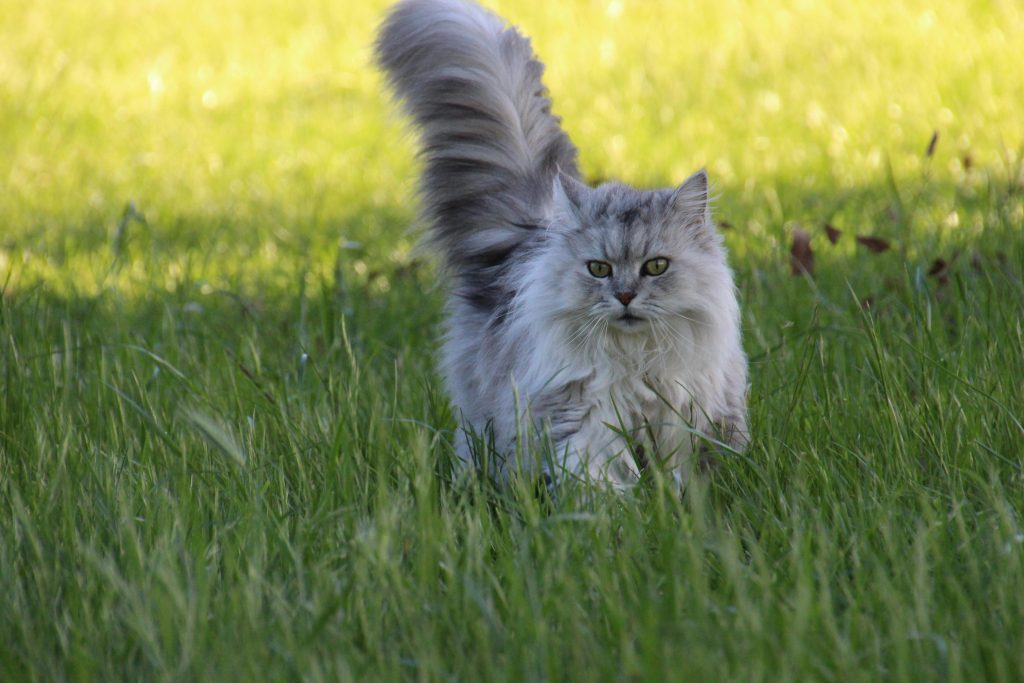
Are Persian cats lazy? The answer is yes, but it’s not entirely their fault! Because their facial structure often leads to breathing difficulties, they can tire quite easily. Nevertheless, it’s important for their health to get some form of regular exercise. So, you should engage them in playtime at least once a day for about half an hour.

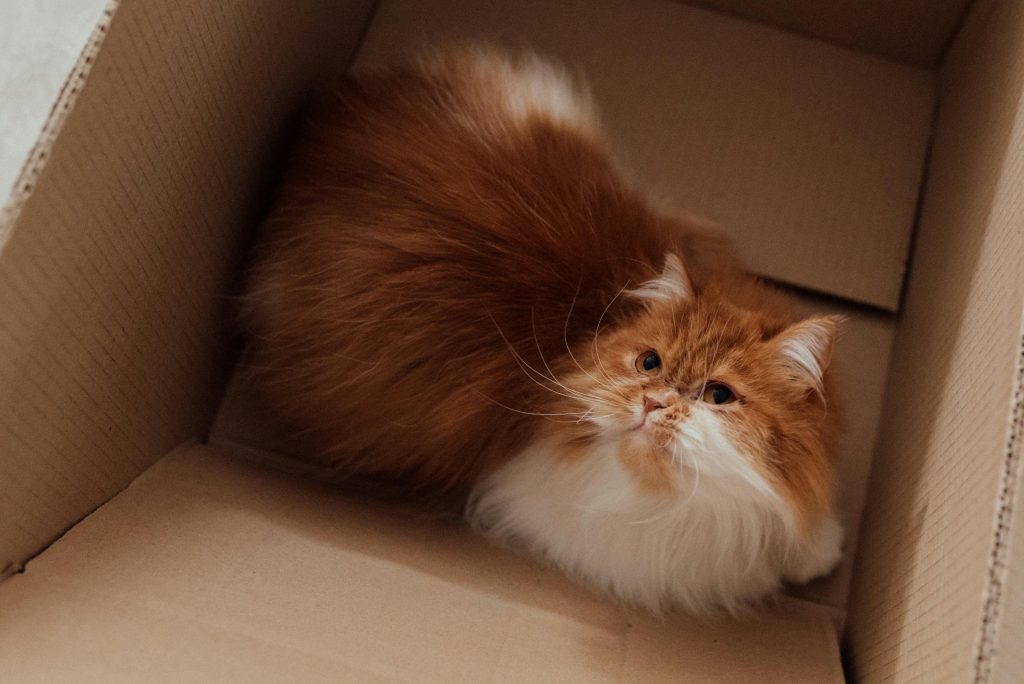
Intelligence

A Persian cat is extremely intelligent and is easy to train with a friendly approach. You have to bear in mind that these cats are not natural hunters, but don’t let that fool you! A Persian is quick to pick up on the emotions of people around them and will offer some gentle support and comfort when you need it.
Family Friendly
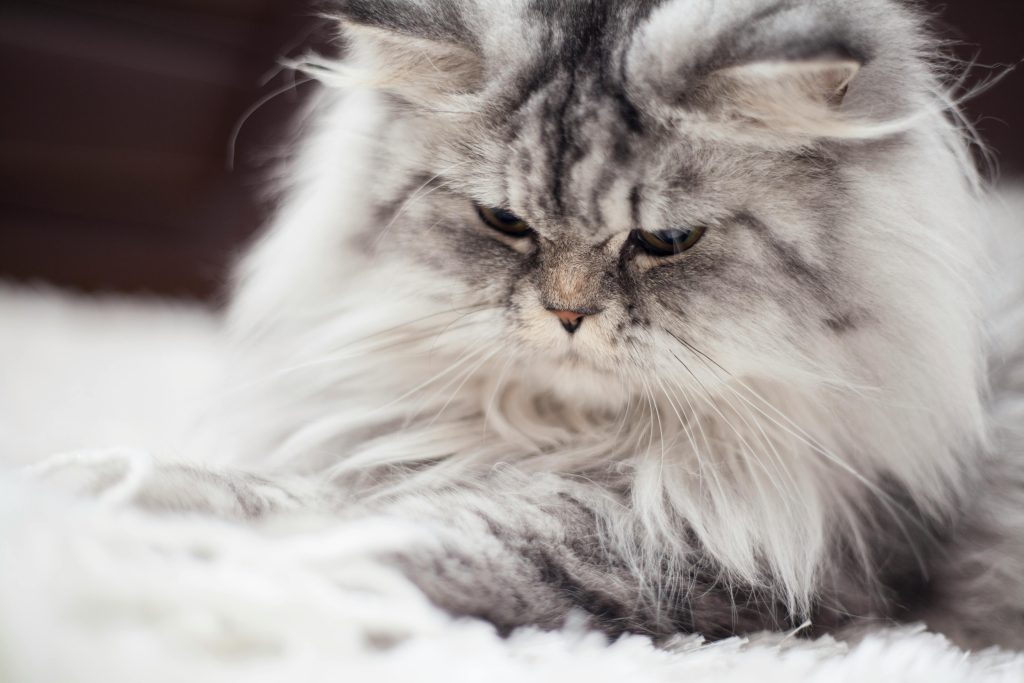
Persians are a very popular breed and make great family pets. Affectionate and calm, they are much more tolerant of their humans’ behaviour than many other breeds. Although, if things get too boisterous, your Persian might move to a more secluded spot. If you are looking for a lap cat that likes a nice cuddle, consider a Persian cat.

Indoor/outdoor?

Persian cats prefer a calm and orderly environment. They can be easily startled and have low energy levels, so they are better suited to living indoors. Set up your indoor area with a litter tray, scratching posts, toys and comfortable resting areas, and your Persian will be quite content.

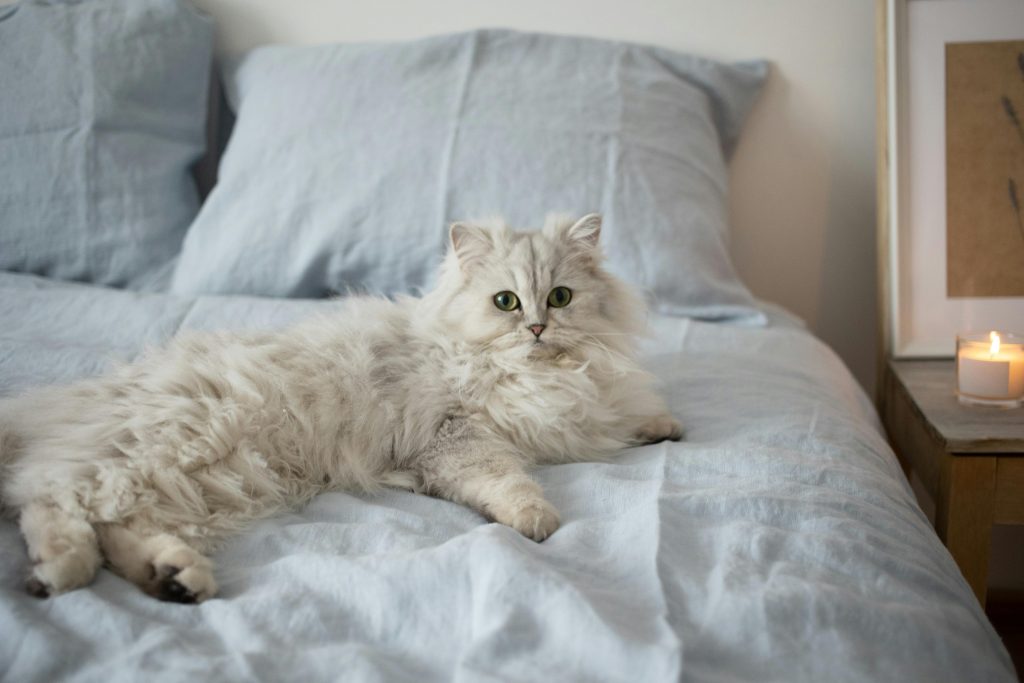
Responsible Breeding

There are two areas where the responsible breeding of Persian cats is most critical:
- A reputable Persian cat breeder will guard against genetically inherited health problems by screening their adult Persians for these conditions before they put them into breeding.
- Ethical concerns have been raised about breeding to produce certain facial “deformities” in Persian cats, such as an extremely flat face. While it might look cute, excessive breeding in this manner can cause adverse health reactions such as severe breathing difficulties, eye problems and trouble with drinking and eating.
Contact PIA to Get Pet Insurance for Persian Cats
PIA is a family owned pet insurance company for Australia, and we have a long and successful history of helping owners care for their Persian Cats. Contact us today to learn more about our range of simple, flexible and affordable cover options.

